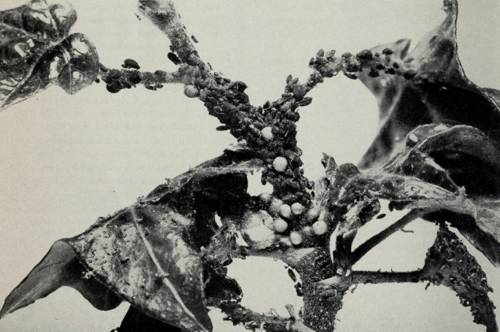
FAQ About Indoor Plant Pest Biological Control Strategies

What are biological control strategies for indoor plant pests?
Biological control strategies involve using living organisms to control pest populations. This can include beneficial insects, mites, nematodes, or microorganisms that target specific pests harmful to indoor plants. These strategies aim to reduce the impact of pests naturally, without resorting to chemical pesticides.

How do beneficial insects work in controlling indoor plant pests?
Beneficial insects, such as ladybugs, predatory beetles, and parasitic wasps, can effectively control pests by preying on them or laying eggs inside them, which ultimately kills the pest. These natural predators help maintain a balance in the ecosystem and reduce the need for chemical controls.

What are some examples of beneficial insects used indoors?
Some common beneficial insects used for indoor pest control include ladybugs, which eat aphids; predatory mites, which target spider mites; and parasitic wasps, which attack whiteflies. These insects are usually introduced into the plant's environment and can significantly decrease pest populations.

How can nematodes contribute to pest control in indoor plants?
Nematodes are microscopic roundworms that can be used as biological control agents against a variety of soil-dwelling pests like fungus gnats, thrips, and root weevils. They penetrate the pests' bodies, releasing bacteria that are lethal to the hosts, thus controlling pest populations effectively.

Are there any microorganisms that can help control indoor plant pests?
Yes, certain microorganisms such as Bacillus thuringiensis (Bt) and fungi like Beauveria bassiana are effective against specific pests. Bt is a bacterium that targets caterpillars and fungus gnats, whereas Beauveria bassiana is effective against aphids and whiteflies by infecting and killing them.

What are the advantages of biological control over chemical methods for pest management?
Biological control is environmentally friendly and poses less risk to human health and non-target species compared to chemical pesticides. It helps in sustainable pest management by avoiding chemical residues and resistance, and it promotes biodiversity within the indoor ecosystem.

Can biological control methods completely replace chemical pesticides for indoor plants?
While biological control methods are highly effective and environmentally friendly, they may not always completely replace chemical pesticides. They are best used as part of Integrated Pest Management (IPM) strategies, combining with other methods for comprehensive pest control.

Is it difficult to implement biological control measures on indoor plants?
Implementing biological control measures requires some knowledge about which biological agents are suitable for specific pests, as well as the timing and conditions for their release. With proper research and planning, it can be straightforward, but it might take some time to understand and observe the processes involved.

How can you tell if biological pest control is working for indoor plants?
Effective biological control typically results in a noticeable reduction in pest populations, healthier plants, and fewer signs of damage or disease over time. Monitoring pest levels and plant health regularly can help assess the success of biological control strategies.

Where can you purchase beneficial organisms for indoor pest control?
Beneficial organisms for pest control can be purchased from garden centers, specialized insectaries, or online suppliers. It's important to buy from reputable sources to ensure the health and effectiveness of the organisms.
